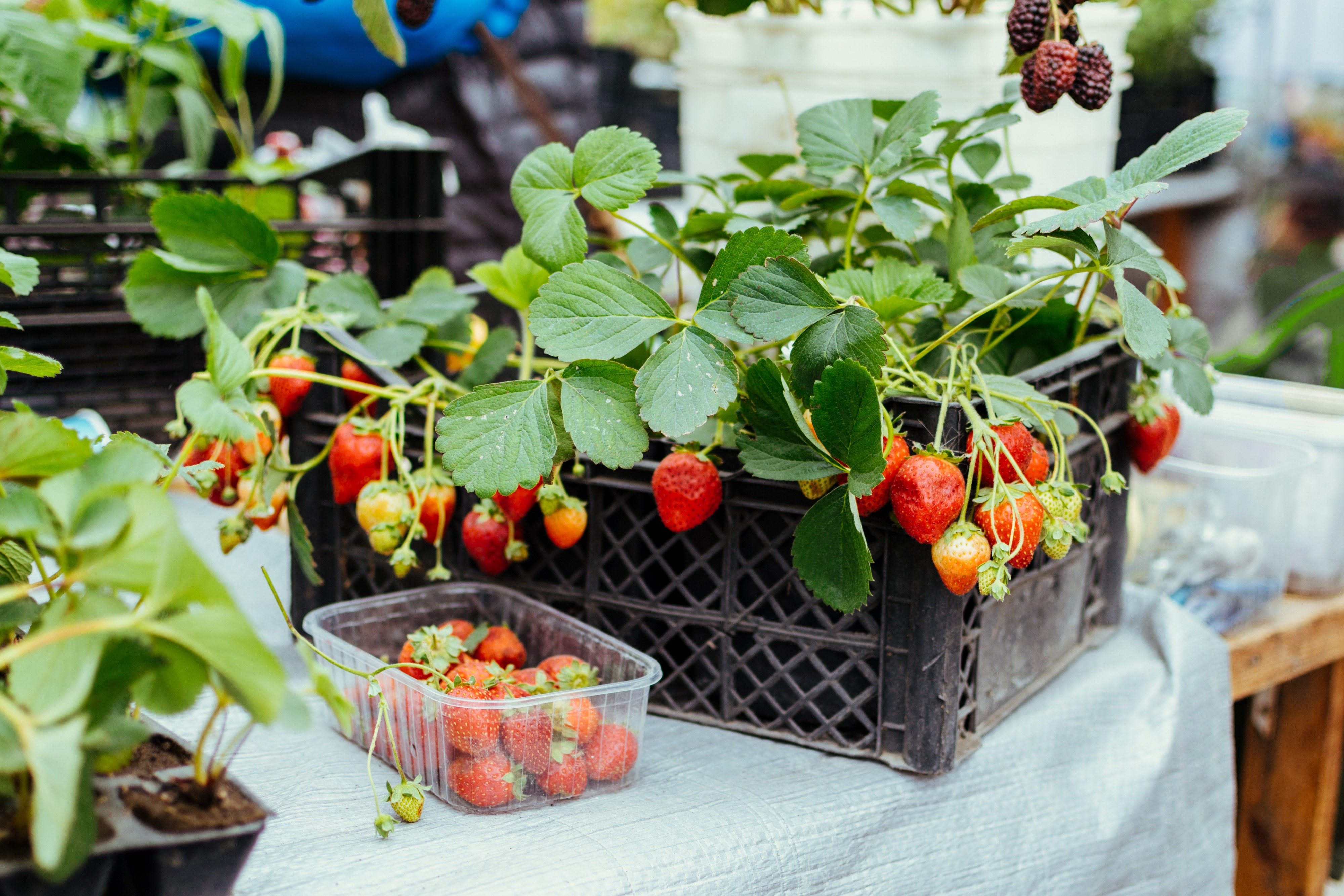 Photo from Unsplash
Photo from UnsplashOriginally Posted On: https://telegra.ph/How-agricultural-innovations-can-feed-the-world-and-protect-the-planet-01-18
Depending on what headlines one reads, agriculture is either on the cusp of a earthshaking leap in innovation and productivity, or a paradise lost with unsustainable demands that Mother Earth cannot realistically meet.
The truth is probably somewhere in the middle. There is a lot wrong with the agrifood system that we have today. Consider that 40% of the global population, or more than three billion people, cannot afford a healthy diet. Add the prospect of another 2 billion neighbors inhabiting the planet by 2050 and what that means for food production and it’s easy to see why the pessimists are having a field day.
At the same time, we are in the midst of an unprecedented wave of new and exciting technology that gives rise to hope. From no-till farming, crop rotation to the use of cover crops between growing seasons, sustainable agricultural practices are becoming more widespread and show promise in reducing global greenhouse emissions while making soil healthier and more fertile.
Digital technologies have enabled farmers to place sensors in fields and manage irrigation, spot disease, send drones up into the air to apply fertilizer and pesticides with precision. Smart greenhouses and their cousins, the vertical farms, are sprouting up near major cities, reducing the distance and transportation time from farm to table and cutting food loss and waste. At the just-concluded CES tech show, John Deere unveiled a fully autonomous tractor that will replace the need for farm workers.
Online e-commerce is revolutionizing the way people shop for groceries, especially fresh produce, by cutting out layers of intermediaries and connecting consumers directly with farms. Despite boasting the likes of Amazon, the pioneering work in this area is being led by companies outside the West, by companies like Pinduoduo in China, Ninjacart in India, Jüsto and Merqueo in Latin America, the list goes on.
That is good news because most of the world’s population resides outside the industrialized West and due to the quirks of development, have a chance to leapfrog the hub-and-spoke wholesale-retail supply chain to a more decentralized model of distribution, much like how consumers in Africa bypassed fixed telephony and plugged directly into the mobile revolution of the early 2000s.
A parallel explosion in innovation is happening with biotechnology. Advancements in seed breeding techniques and the development of “vitamins” are helping crops withstand drought, flooding, heat, and wind caused by climate change. The same techniques are creating longer-lasting fruits and vegetables that stay fresh longer, reducing the amount of food waste. Venture capital is pouring into startups devoted to creating plant-based alternatives to meat and cell-based techniques to produce animal-free meat.
 Strawberries grown in a crate. Source: Stock photo.
Strawberries grown in a crate. Source: Stock photo.
Agriculture has been around for thousands of years and enabled our human forebears to give up a hunter-and-gathering lifestyle and settle down. Making farming more productive and environmentally sustainable will require innovative techniques from the worlds of biology, agronomy, and the digital.
It is something that has been done before. The world now produces 150% more food compared with 1960 with 13% more land. There is no reason to believe that human ingenuity and the drive for self-preservation won’t lead to a new and better age for agriculture and the human race.
